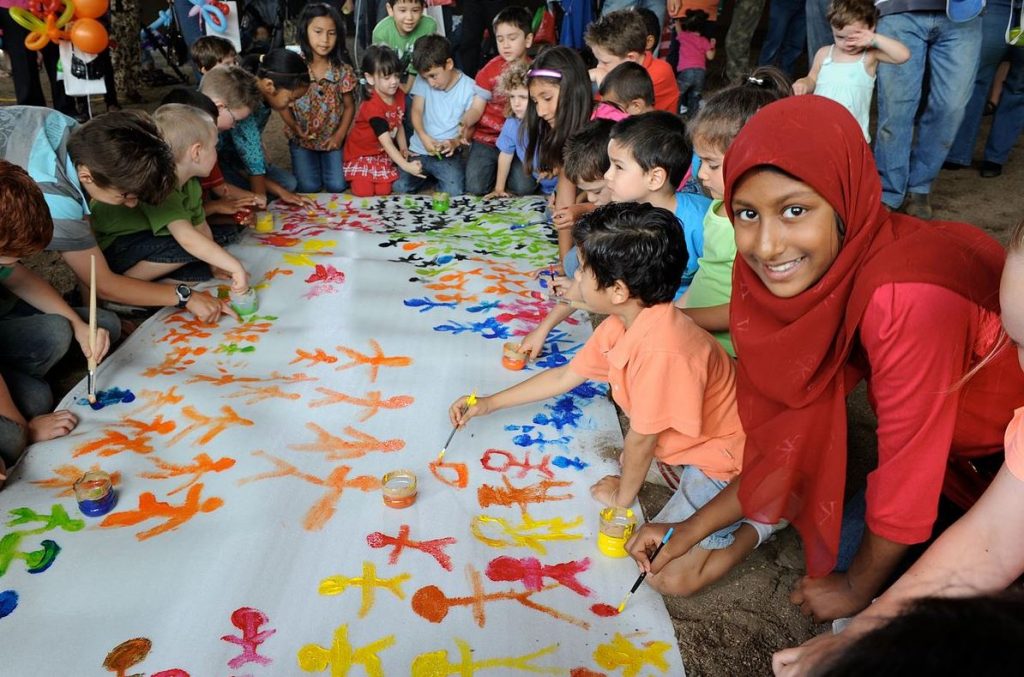
Professor Fethi Mansouri has written an article that was recently published in the Melbourne Asia Review. The article looks at how Muslims tend to be characterised as the least desirable group of migrants and continue to be viewed with suspicion and apprehension.
Few migrant communities in contemporary Australian society evoke the same level of polarisation and contestation as those originating from the Middle East and North Africa (MENA) region.
Contrary to widespread belief, many of these predominantly Muslim communities settled in Australia well before Federation, albeit in much smaller numbers than today. Yet despite this long history of Muslims in Australia, and despite the significant contribution made to the building of contemporary Australia, recent studies about social cohesion and race relations, such as the Scanlon Social Cohesion Surveys, continue to show a persistent and comparatively high level of negative attitudes towards these communities in Australian society.
To access the full article online, please click here.
